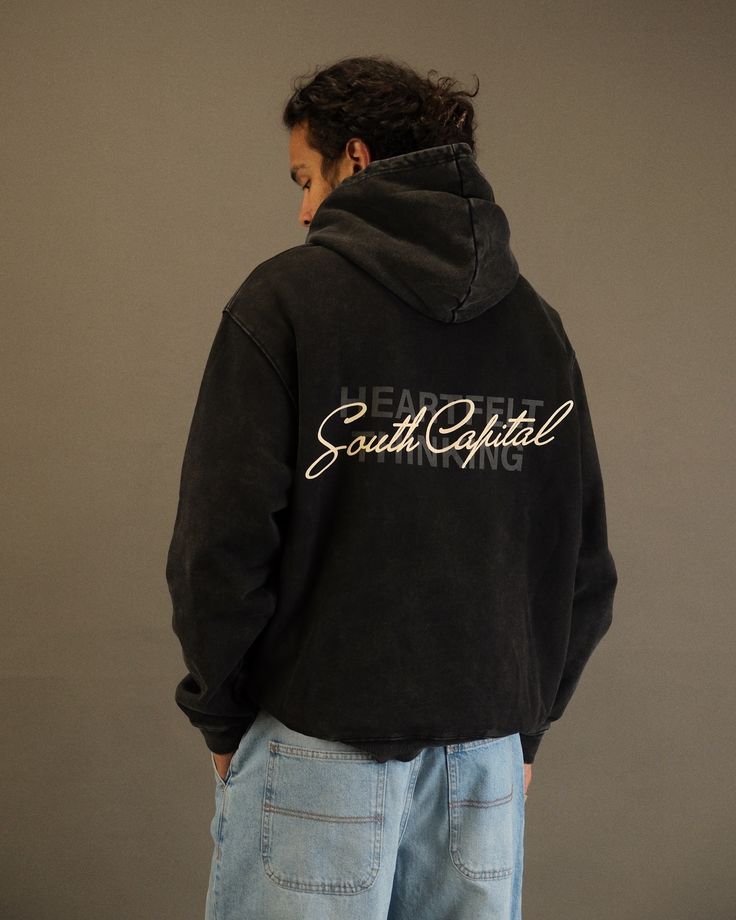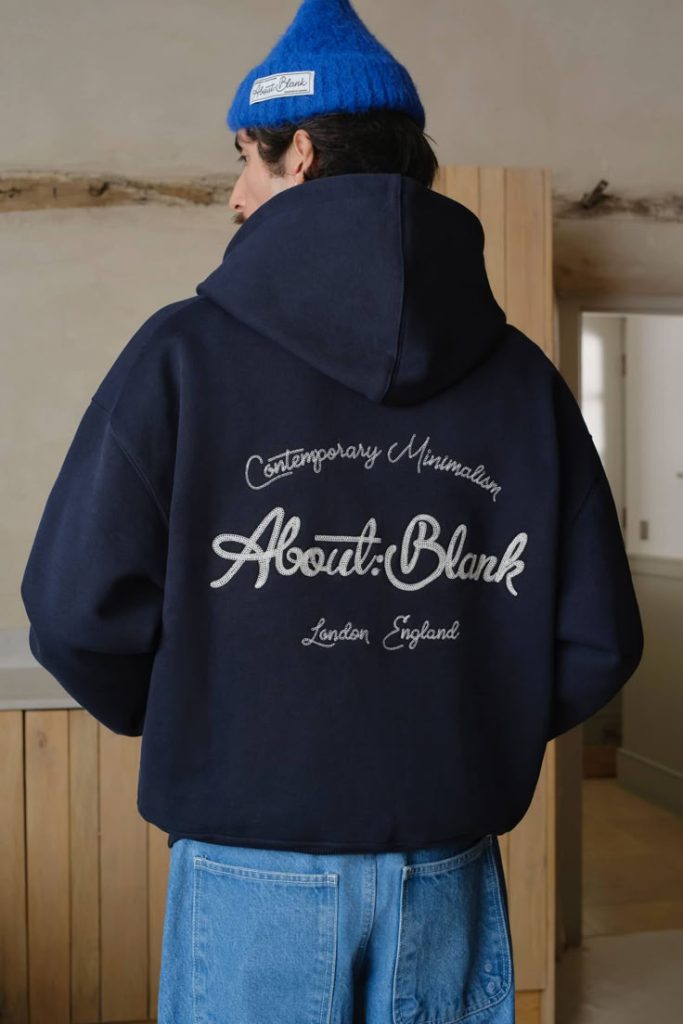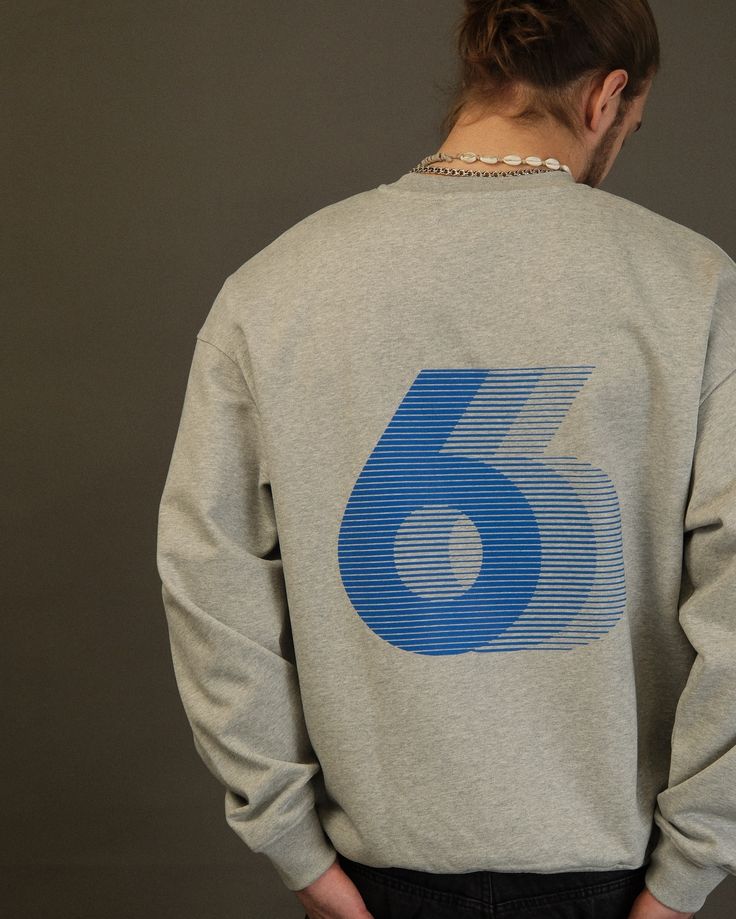Introduction
Once a staple of streetwear and athletic wardrobes, the hoodie has become the definitive uniform of contemporary life. In 2025, it is no longer merely a layering piece or casual fallback—it is a statement of identity, a canvas for innovation, and a symbol of the fashion revolution that prioritizes personalization, performance, and purpose. “The Hoodie You Deserve—Tailored for Tomorrow” captures the spirit of this transformation.
The 21st-century consumer seeks more than style. We want clothes that adapt to our lifestyles, respond to our values, and anticipate our needs. The hoodie, reborn in the age of customization and conscious design, now stands as a beacon of wearable intelligence. It straddles multiple worlds: comfort and tech, function and emotion, heritage and futurism.
This article explores the evolution of the hoodie through the lens of innovation, personalization, and ethics. From responsive textiles and algorithm-generated fit to zero-waste production and gender-inclusive design, today’s hoodie is being engineered not just for now—but for what comes next. It’s built with you in mind, for a future you’re creating.
Let’s take a deep dive into how the hoodie has become one of the most intelligent and intentional garments in fashion history—and why it’s being reshaped for the world you deserve.
A Legacy Reinvented: From Utility to Ultimate Essential
To understand the hoodie’s future, we must first appreciate its origins. Originally designed in the 1930s for laborers exposed to the elements, the hoodie began as a protective shell against harsh conditions. Heavy cotton and thick drawstrings made it practical for warmth and shielding. It wasn’t fashionable—it was functional.
As decades passed, it found new homes in subcultures and sports. Adopted by hip-hop icons, skateboarders, and graffiti artists, it transitioned from the factory floor to the streets, evolving into a badge of cool. By the early 2000s, hoodies became staples in casualwear, streetwear, and eventually high fashion. Still, they remained largely static in form and fabric.
In 2025, the hoodie’s reinvention is complete. It has graduated from mere utility and casualwear to become a fashion-forward expression of individuality. The materials are smarter. The fit is personalized. The symbolism is intentional. What was once generic is now designed with precision.
Today’s hoodie is no longer one-size-fits-all in function or meaning. It has been reimagined to reflect where fashion is heading: toward customization, inclusivity, and thoughtful innovation. Its roots are honored—but its possibilities have expanded exponentially.
Fit Meets Future: Customization as Standard
Fit is no longer an afterthought—it’s the foundation. In the fashion of tomorrow, personalization is not luxury; it is expectation. The modern hoodie reflects this shift by offering tailored fit options based on biometrics, style preferences, and even behavioral data. Consumers can input body measurements through smartphone scans or choose silhouettes that accommodate mobility, climate, and lifestyle.
Brands are using AI-powered design tools that allow customers to modify sleeve lengths, hood depth, pocket shape, and overall cut in real time. Whether you prefer oversized minimalism or a slim, structured silhouette, your hoodie adapts to your body, your rhythm, and your world.
Beyond measurements, personalization extends to color schemes, fabrics, graphics, and embedded technologies. You’re no longer picking a hoodie from a rack—you’re co-creating it in a digital atelier. Customization platforms empower wearers to build garments aligned with their aesthetic values and emotional connection to clothing.
This level of design intimacy transforms the hoodie from a passive item into an active extension of the self. It is clothing with character—infused with your own.
The Intelligence in Fabric: Responsive, Sustainable, and Smart
One of the most significant breakthroughs in the evolution of the hoodie is material intelligence. Fabrics are no longer static. In 2025, your hoodie might adapt to external temperature, wick away moisture in real-time, or even regulate body heat using micro-climate sensors. These features are seamlessly embedded into the weave of the garment, making them invisible to the eye but vital in function.
The commitment to sustainability is equally transformative. Innovations in fabric technology have led to hoodies made from lab-grown fibers, recycled marine plastic, and biodegradable cellulose. These materials are durable, breathable, and often perform better than their synthetic predecessors—without harming the planet.
Textiles now carry memory. They respond to wear patterns, adapt to environmental shifts, and even monitor wellness indicators. Some hoodies sync with wearable devices, linking health data with design reactions. Others shift colors based on sunlight or adjust ventilation zones for thermal regulation.
Sustainability and smart tech no longer compete; they co-exist. The hoodie of tomorrow is conscious in construction, intelligent in performance, and subtle in its complexity. It doesn’t just fit your body—it interacts with your environment.
Conclusion: Clothing the Future in Comfort, Code, and Character
The hoodie has come a long way—from functional workwear to cultural symbol, from mass-produced staple to personalized masterpiece. In 2025, it stands at the crossroads of comfort and computation, simplicity and sophistication, ethics and aesthetics. “The Hoodie You Deserve—Tailored for Tomorrow” isn’t just a catchy phrase—it’s the embodiment of where fashion is headed: toward clothing that is as intelligent, inclusive, and intentional as the people who wear it.
Today’s hoodie is not just about style or shelter. It’s about identity. It’s about creating garments that understand your body, respect your values, and adapt to the way you move through life. In an age of hyper-personalization and digital integration, the hoodie evolves from a garment into a partner—a living interface between you and your environment.



